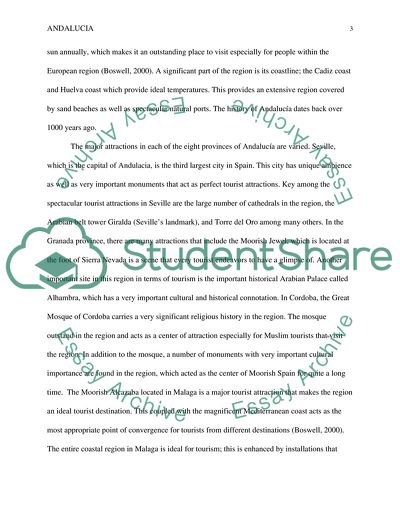Cite this document
(Andaluca Region Report Example | Topics and Well Written Essays - 2750 words, n.d.)
Andaluca Region Report Example | Topics and Well Written Essays - 2750 words. https://studentshare.org/tourism/1837576-talk-about-andaluca-in-spain-talk-about-the-culture-food-and-out-dining-for-example
Andaluca Region Report Example | Topics and Well Written Essays - 2750 words. https://studentshare.org/tourism/1837576-talk-about-andaluca-in-spain-talk-about-the-culture-food-and-out-dining-for-example
(Andaluca Region Report Example | Topics and Well Written Essays - 2750 Words)
Andaluca Region Report Example | Topics and Well Written Essays - 2750 Words. https://studentshare.org/tourism/1837576-talk-about-andaluca-in-spain-talk-about-the-culture-food-and-out-dining-for-example.
Andaluca Region Report Example | Topics and Well Written Essays - 2750 Words. https://studentshare.org/tourism/1837576-talk-about-andaluca-in-spain-talk-about-the-culture-food-and-out-dining-for-example.
“Andaluca Region Report Example | Topics and Well Written Essays - 2750 Words”. https://studentshare.org/tourism/1837576-talk-about-andaluca-in-spain-talk-about-the-culture-food-and-out-dining-for-example.


